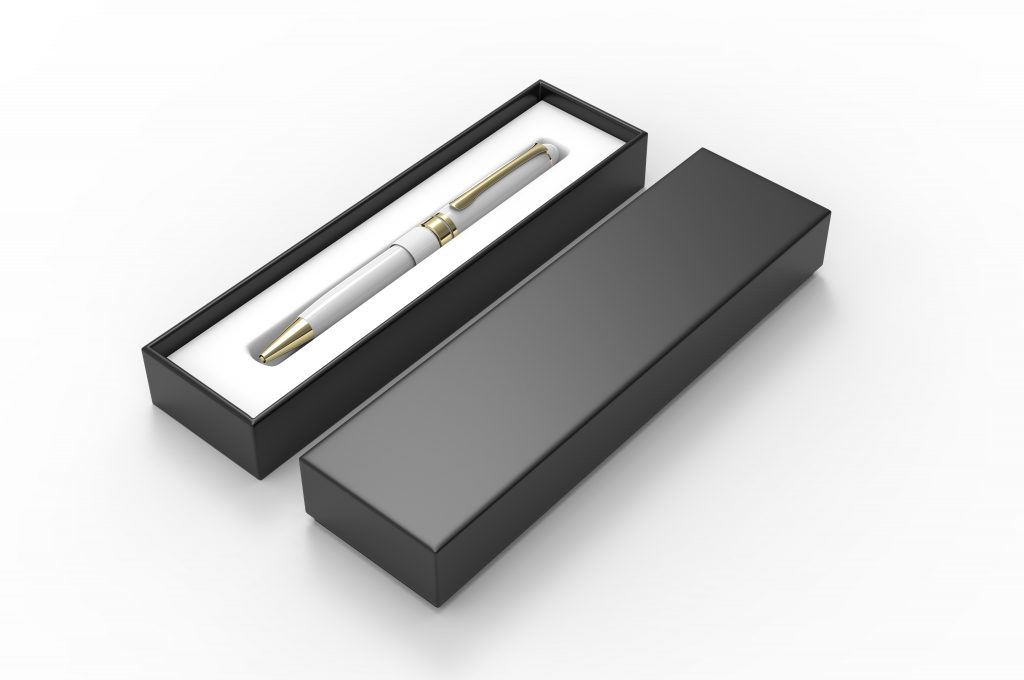When it comes to packaging, there are a plethora of options available. The right packaging largely depends on what’s inside, but can sometimes be influenced by transport needs and distance as well. Broadly speaking, we can break packaging into two main categories: rigid packaging and flexible packaging. Today, we’re going to focus on rigid packaging.
What it’s made from
As the name suggests, this packaging is a sturdy, inflexible packaging solution made from strong materials. This includes hard plastics, glass, dense cardboards, and metal. Because of their heavy-duty properties, rigid packaging supplies are usually more expensive than flexible options, and also come with a higher carbon footprint (however, many kinds of robust packaging can still be recycled).
What’s inside
Food-wise, you’ll notice this sturdy packaging in your own pantry. Think wine bottles, glass jars for spreads and veggies, soft drink cans, hard plastic yoghurt containers, or pressurised whipped cream cans (to name a few). You’ll also see it when you purchase furniture and homewares, as well as linens, bedding, and cosmetics. This is because rigid packaging it often lends itself to a more sophisticated packaging aesthetic and looks “more expensive”.
Rigid packaging benefits
Reasons for choosing this packaging vary, but usually come down to four main benefits.
1. Health
Some types of rigid packaging air tight, preventing germs and bacteria from entering foods. As such, foods last significantly longer because they’re protected against outside elements.
2. Protection
Companies also choose this packaging for its protective qualities — the foods inside are more likely to be protected in transit or if dropped by a customer.
3. Shelf appeal
On a crowded, busy supermarket shelf, shelf appeal is an absolute must. Like we mentioned earlier, rigid packaging often gives products a high-end, luxury feel. For example, if you’re comparing two identical olive oils, but one is in a glass bottle and the other is in a plastic one, the glass one will feel classier. It gives the impression of quality and is a simple marketing tactic used by many organisations.
In fact, many brands use multiple types of rigid packaging for one product. For example, fine single malt scotch is often housed in a glass bottle, then placed inside a decorative box.
4. Recycling
Glass, cans, cardboard, and hard plastics are easily recyclable.
Here for your packaging needs.
Rigid Packaging demands are only going up. Thankfully, we stock a variety of packaging options and support brands across WA with their food packaging requirements here. See what we’ve got on our online store.

